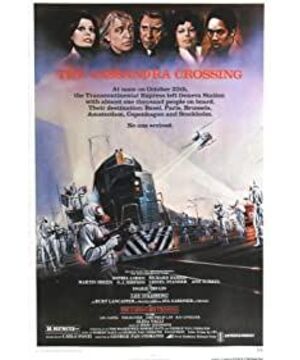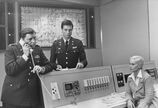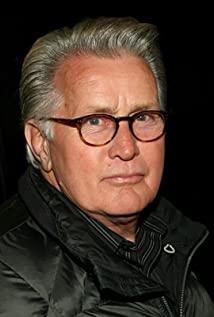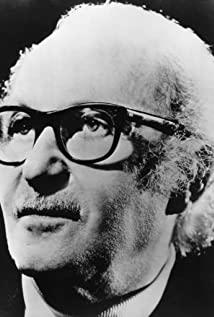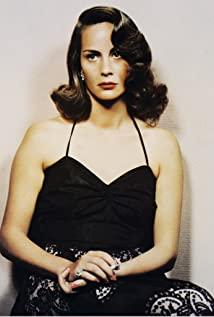In a scene at the station ticket office, various important characters in the play were introduced. This scenario will be analyzed below
1. The first shot of this scene is the big clock at the station. The camera pans down to the white-bearded old man Hermann. He looks at the big clock at the station and then looks at his watch. This is where the character appears. The first action is related to the watch. In the following scenes, it can be known that he is selling small commodities and selling watches everywhere.
Then the white-bearded old man Herman walked out of the painting, and the hippie couple entered the camera in the foreground.
After the first shot is Herman going to buy a ticket at the ticket office. Then panning, Herman sees the hippies kicking the vending machine, Herman walks over and motions for them to give him a try. Then cut to the conductor's expression, and then cut back to Herman to operate the vending machine, and the coins poured out of the coin slot. One of the purposes of cutting to the conductor's expression shot here is to switch scenes and angles. The angle in the previous shot shows the hippies kicking the vending machine, but it cannot show Herman's operation of the vending machine, then the middle Insert a conductor's expression, and you can naturally switch angles, linking to the shot of how Herman deals with the vending machine.
This is the end of the first scene in the waiting room. This scene has played the role of introducing two groups of characters, one is Herman, a small commodity seller, and the other is a hippie couple.
2. The second scene in the waiting room, which begins with the arms dealer's wife and her lover entering the station. In the third shot of this scene, through the depth of field transformation, there are 1, the arms dealer's wife and her lover 2, Herman 3, the black priest. These three groups of people appear in one shot at the same time, forming a close character relationship. Alludes to the character relationship between the black priest and the lover of the arms dealer's wife. But there is no important relationship between Herman and the arms dealer's wife and her lover, and the black priest. Here, it is actually to pave the way for the next shot.
The next shot is of a black priest going to the ticket office to buy a ticket. The ticket clerk gave the priest a first-class ticket. Herman also came over and offered to change to first-class. Anyway, the railway invited passengers. After being rejected, he took out an American lighter. Bribe the ticket-buyer, but was also rejected. In this scene, the lighter, which will be used later as a solution to help the character get out of the predicament, appears here for the first time.
In the next scene, the arms dealer's wife's lover is feeding the arms dealer's wife's dog to drink water, but it fails and is difficult to deal with the dog. This scene implies that there is a conflict between the arms dealer's wife's lover and the arms dealer's wife.
This is the end of the second scene in the waiting room. Two new groups of characters are introduced in this scene: the black priest, the arms dealer's wife, and her lover. This scene has three functions: one is to imply the character relationship between the black priest and the lover of the arms dealer's wife; the second is to lay the foreshadowing of the prop of the lighter; the third is to suggest that there is a discordant factor between the arms dealer's wife and the lover.
3. The third scene in the waiting hall, the first shot begins with the protagonist Jonathan and the conductor entering the station. In this shot, as in the previous two shots, a depth-of-field transformation was used to make the characters appear in the same shot. The characters that appear at the same time in the third scene are: the hero Jonathan and the heroine Jennifer. Jonathan's dignified appearance, followed by many camera flashes, shows Jonathan's style as a leader. Jennifer appeared on the scene and grimaced Jonathan's beard in a magazine with Jonathan as the cover, and then almost missed the train, smashing the carriage and shouting to open the door quickly, reflecting Jennifer's lively and unrestrained character, her character is in line with "Inspiration is always right" character setting.
At this point, the waiting room scene is all over. The role of the waiting room scene is to introduce the characters and lay the groundwork.
View more about The Cassandra Crossing reviews


